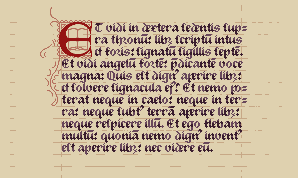OpenStreetMap and Internet Archive because they are operating with a small budget (as opposed to Wikipedia).
#!/bin/sh
# Select a file with fzf from a database sorted by frecency and open it using
# xdg-open. frece can be found at https://github.com/YodaEmbedding/frece
DB_FILE=${FRECE_FILES_DB:-$HOME/.cache/frecent-files.csv}
item=$(frece print "$DB_FILE" | fzf --tiebreak=index --scheme=path)
[ -z "$item" ] && exit 1
frece increment "$DB_FILE" "$item"
xdg-open "$item"
#!/bin/sh
# Update frece database
DB_FILE=${FRECE_FILES_DB:-$HOME/.cache/frecent-files.csv}
tmp_file=$(mktemp)
fd -H . ~ > "$tmp_file" # use ~/.fdignore file to exclude certain dirs
frece update "$DB_FILE" "$tmp_file" --purge-old
rm "$tmp_file"
The mojo, cpan and pip bash scripts don't fail my test of "skimming over the source and looking for dangerous external commands like curl or rm" (good syntax highlighting is helpful here). They look like typical completion scripts. However, if your Linux distribution has a pip completion script in their repos, prefer that one.
Wired has removed the story because it “does not meet [their] editorial standards”.
Wired has removed the story because it "does not meet [their] editorial standards".
Make sure that toolkit.legacyUserProfileCustomizations.stylesheets is enabled in about:config.
Hollow Knight: Silksong
Thanks, I was confused because I thought "not supporting Taiwan independence" means being fine with China annexing Taiwan. In both versions of the readout, Biden wants to keep the status quo in Cross-Strait relations, but this is phrased differently in each readout.

Don't blindly run untrusted software, use Bubblewrap at the very least. Keep https://xkcd.com/538/ in mind.